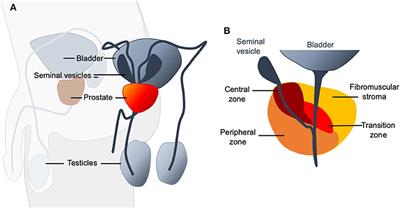April 2012
Blake Dornstauder; Miyoung Suh; Sharee Kuny; Frédéric Gaillard; Ian M. MacDonald; Michael T. Clandinin; Yves Sauvé
Abstract
Purpose: With age, retina function progressively declines and A2E, a constituent of the toxin lipofuscin, accumulates in retinal pigment epithelial (RPE) cells. Both events are typically exacerbated in age-related retina diseases. We studied the effect of dietary docosahexaenoic acid (DHA, C22:6n-3) supplementation on these events, using a transgenic mouse model (mutant human ELOVL4; E4) displaying extensive age-related retina dysfunction and massive A2E accumulation.
Methods: Retina function was assessed with the electroretinogram (ERG) and A2E levels were measured in E4 and wildtype (WT) mice. Dietary DHA was manipulated from 1 to 3, 1 to 6, 6 to 12, and 12 to 18 months: 1% DHA over total fatty acids (E4+, WT+) or similar diet without DHA (E4−, WT−).
Results: Increased omega-3/6 ratios (DHA/arachidonic acid) in E4+ and WT+ retinas were confirmed for the 1- to 3-month and 1- to 6-month trials. Although 1- to 3-month intervention had no effects, when prolonged to 1 to 6 months, RPE function (ERG c-wave) was preserved in E4+ and WT+. Intervention from 6 to 12 months led to maintained outer and inner retina function (ERG a- and b-wave, respectively) in E4+. At 12 to 18 months, a similar beneficial effect on retina function occurred in WT+; A2E levels were reduced in E4+ and WT+.
Conclusions: DHA supplementation was associated with: preserved retina function at mid-degenerative stages in E4 mice; prevention of age-related functional losses in WT mice; and reduced A2E levels in E4 and WT mice at the oldest age examined. These findings imply that dietary DHA could have broad preventative therapeutic applications (acting on pathologic and normal age-related ocular processes).











